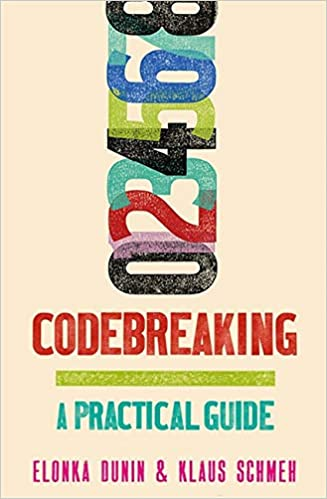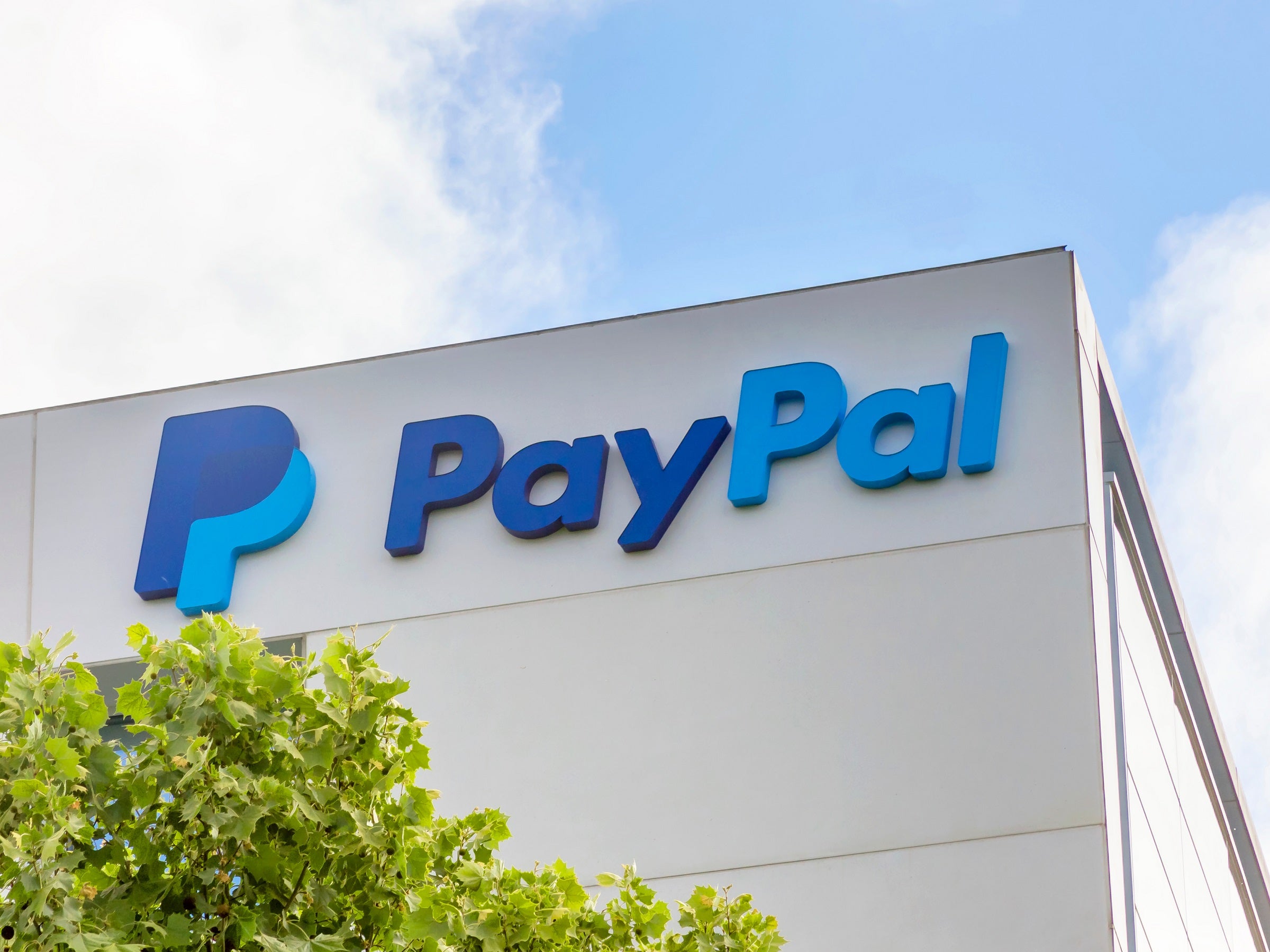#The PVL cryptogram – Klausis Krypto Kolumne

Inhaltsverzeichnis
„The PVL cryptogram – Klausis Krypto Kolumne“
Readers who are interested in the famous Kryptos sculpture may also like NKRYPT, an art installation outside the Questacon Science and Technology Centre in Canberra, Australia.
NKRYPT
NKRYPT was designed by Australian artist Stuart Kohlhagen and installed in March 2013. I’m sure Kohlhagen knew Kryptos and was inspired by it. I don’t know if he was also aware of the Cheltenham Listening Stones, a sculpture collection located in England that follows a similar concept.
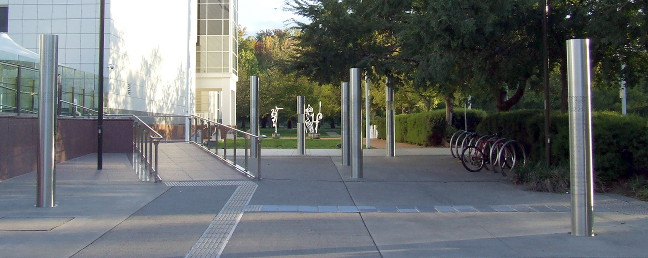
Source: Glenn McIntosh
NKRYPT consists of eight stainless steel pillars, each covered with several encrypted messages. The following collage gives an overview:
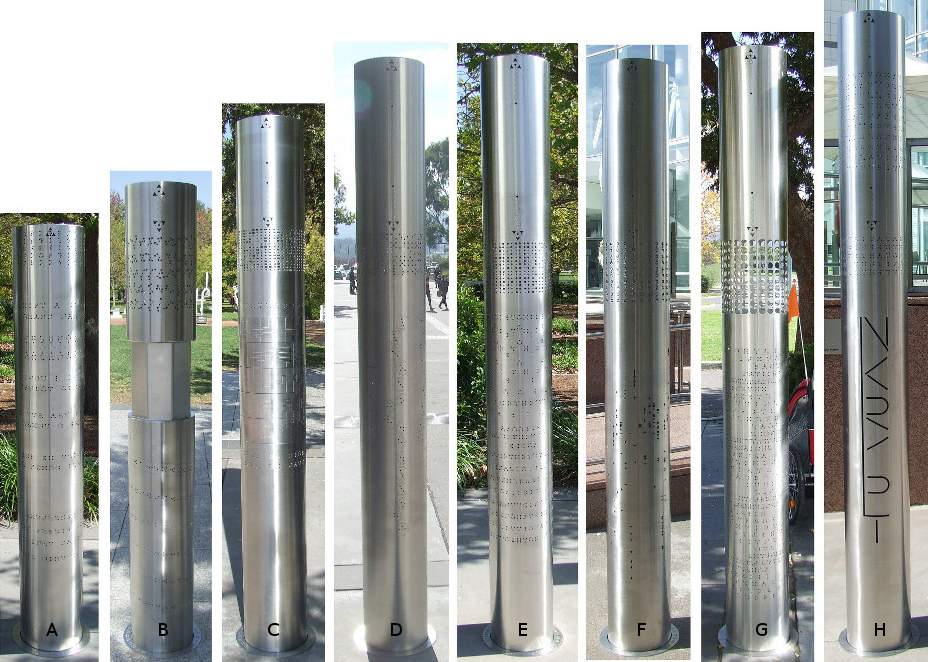
Source: Glenn McIntosh
Like Kryptos, NKRYPT bears cryptograms created with different ciphers, representing different levels of difficulty. Some of the messages have been broken, about eight are unsolved to date.
NKRYPT is described on the Questacon website and on two fan pages. The latter one is operated by Glenn McIntosh.
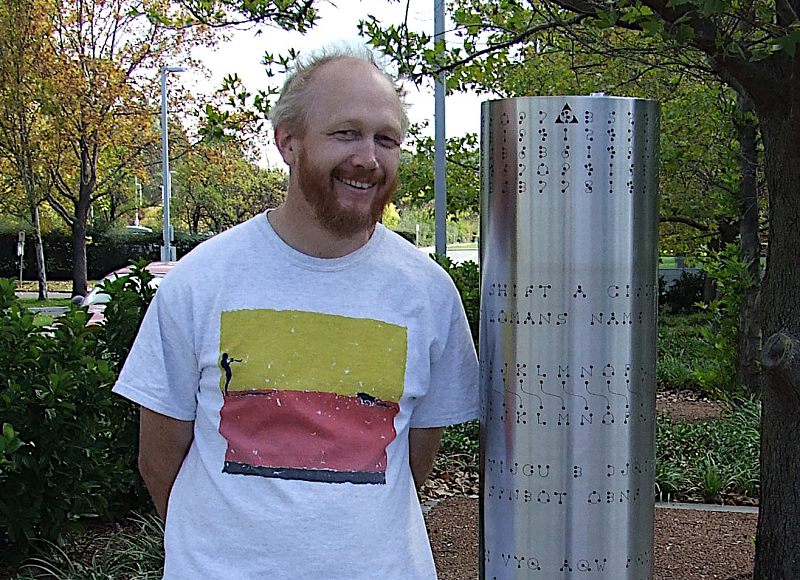
Source: Glenn McIntosh
Glenn thankfully allowed me to use the photographs one his page.
Apparently, the eight NKRYPT pillars have no official names. For this reason, I have adapted Glenn’s naming on this blog. As can be seen on the following diagram, he has assigned each pillar a letter from A to H:
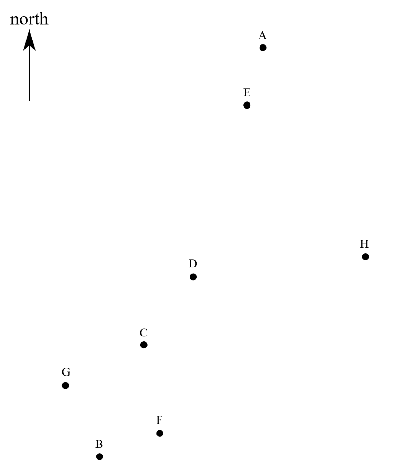
Source: Glenn McIntosh
♦♦♦♦♦♦♦♦♦ Coming November 2020 ♦♦♦♦♦♦♦♦♦♦♦♦♦
This is the book of my dreams: A super-clear, super-fun guide for solving secret messages of all kinds, from paper-and-pencil cryptograms to Enigma machines. With deep knowledge and skillful storytelling, Dunin and Schmeh capture the joy and power of codebreaking.
Jason Fagone, , author of the bestselling “The Woman Who Smashed Codes”
♦♦♦♦♦♦♦♦♦♦♦♦♦♦♦♦♦♦♦♦♦♦♦♦♦♦♦♦♦♦♦♦♦♦♦♦♦♦
The PVL cryptogram
Let’s now look at one of the unsolved ciphertexts. The following photograph shows the upper part of pillar H (the other NKRYPT web-page calls it pillar 1):
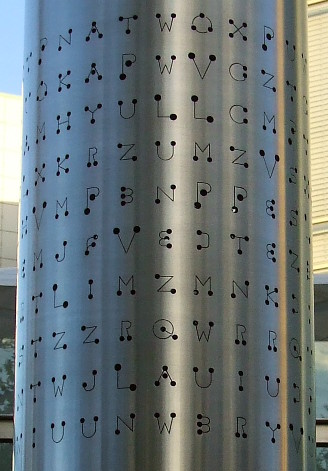
Source: Glenn McIntosh
The cryptogram shown here consists of a ring of 26×10 characters, with the letters P, V, and L written in a larger font. Here’s the transcryption Glenn provides on his page:
OXPUWAOEKZVCRLUYFMLXTPNATW VGZTCGVGDAAXFDKOCRFRUOKAPW LCMPTFPBTYXRSZKKQUBJAMHYUL MZVSXXZHDLYHOKWWEJUXLXKRZU PPESLBOEKOGRTAYDFOHRHVMPBN DTEZBTYDXNMPXHVNKCIYEMJFVE MNKDIQBOSUFFFWBVDNKHRTLIMZ WRRQUFNNBGKUWNQCHDEFSTZZRQ UIUDPTKGATPSJIFXXGGSNTWJLA BRYVUCSBNPYAVSTTONZFWIUUNW
The following diagram shows a frequency analysis I created with Cryptool 2:
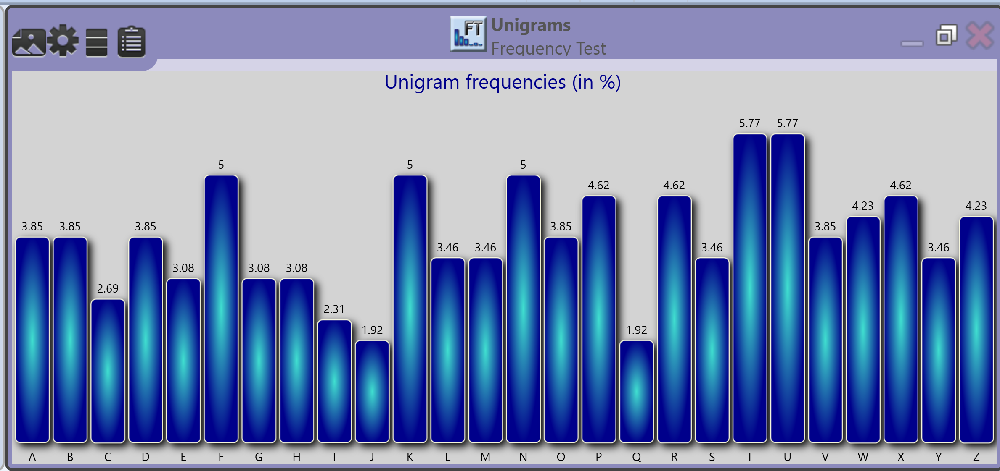
Source: CrypTool
As can be seen, the frequency distribution is quite flat. This means that we are certainly not dealing with a simple substitution cipher. Perhaps, a Vigenère cipher or a running key cipher was used.
If you have an idea on how to decipher this message, let me know.
Follow @KlausSchmeh
Further reading: $10,000 worth of crypto-currencies hidden in Lego artworks
Linkedin: https://www.linkedin.com/groups/13501820
Facebook: https://www.facebook.com/groups/763282653806483/
Wenn Sie an Foren interessiert sind, können Sie Forum.BuradaBiliyorum.Com besuchen.
Wenn Sie weitere Nachrichten lesen möchten, können Sie unsere Wissenschaft kategorie besuchen.
